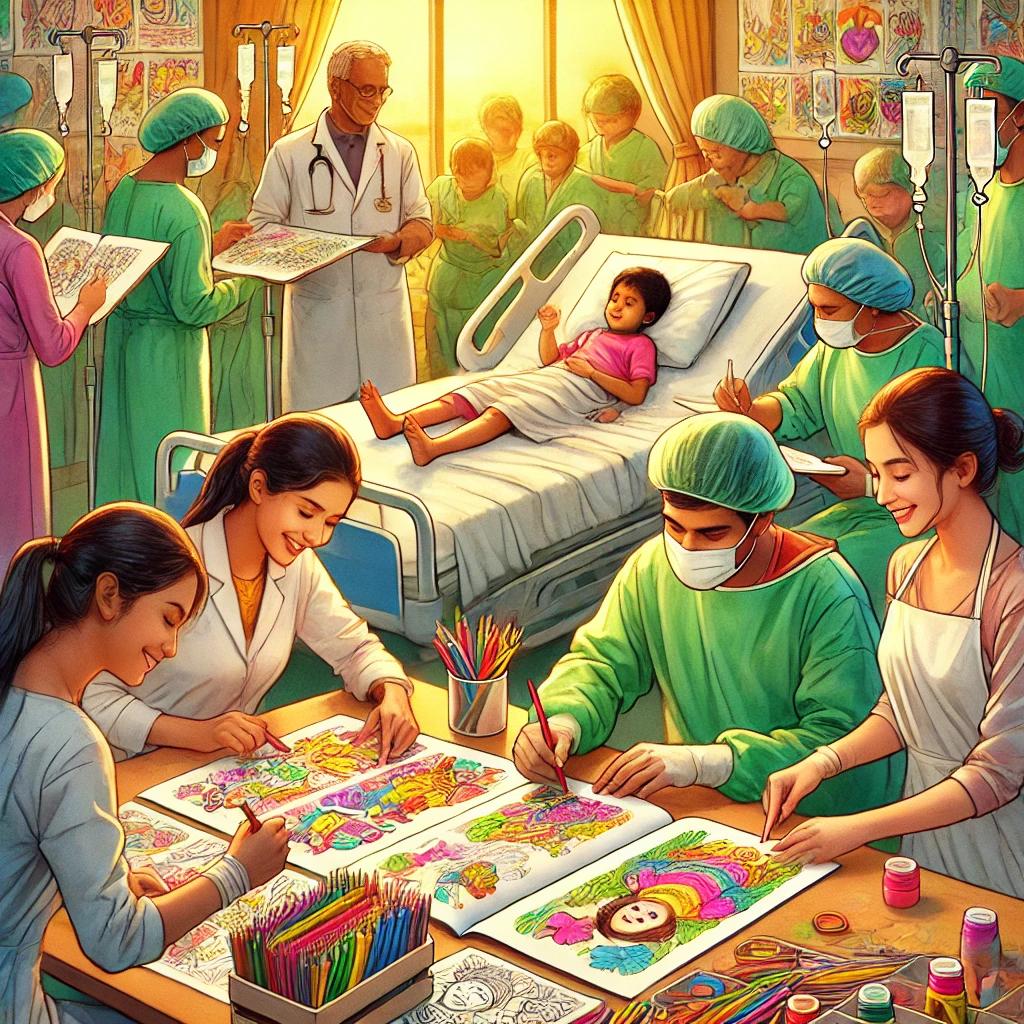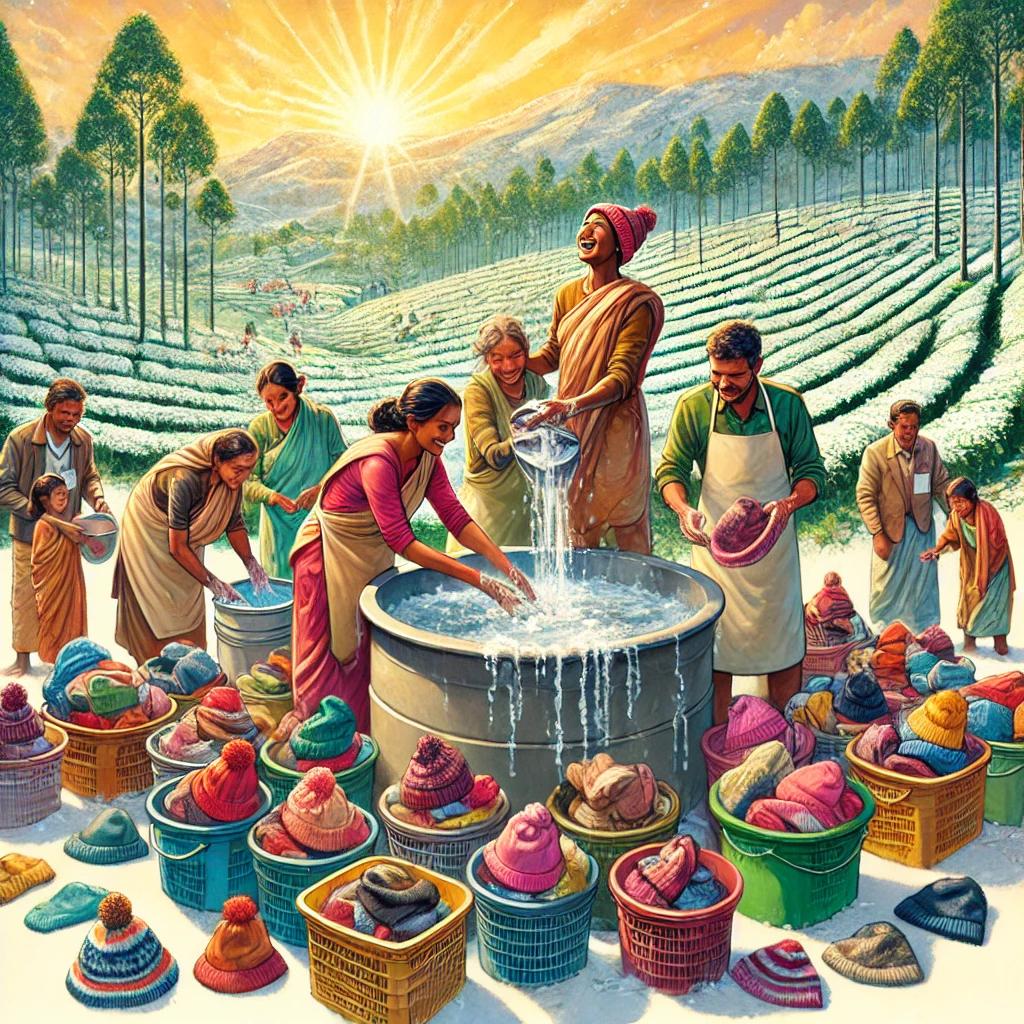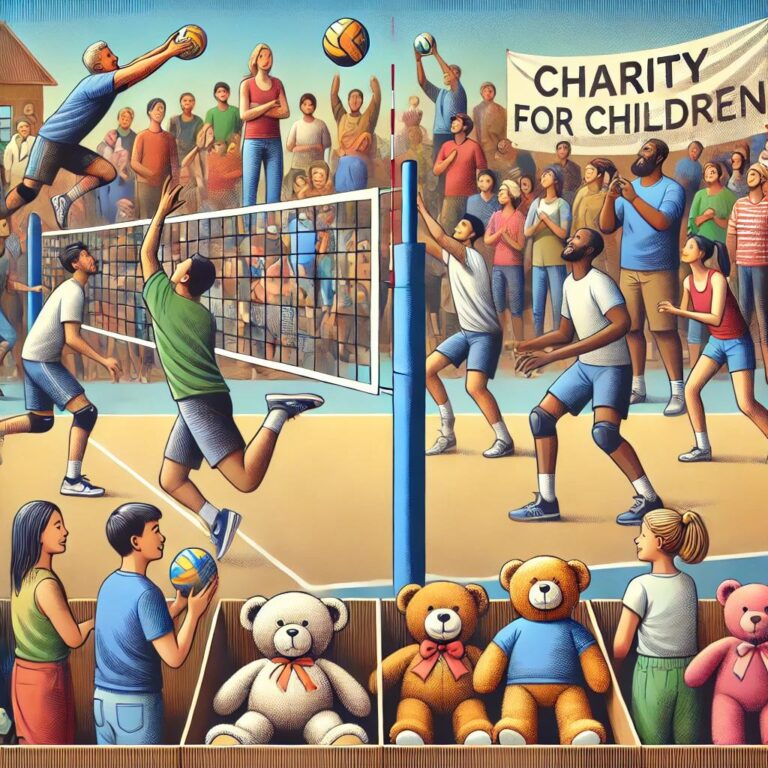Youth Wing

Mission Statement
Youth club dedicated to teaching religion and to provide guidance on cultural and moral values to build self-esteem and confidence and, to preserve the Sri Lankan Hindu heritage.
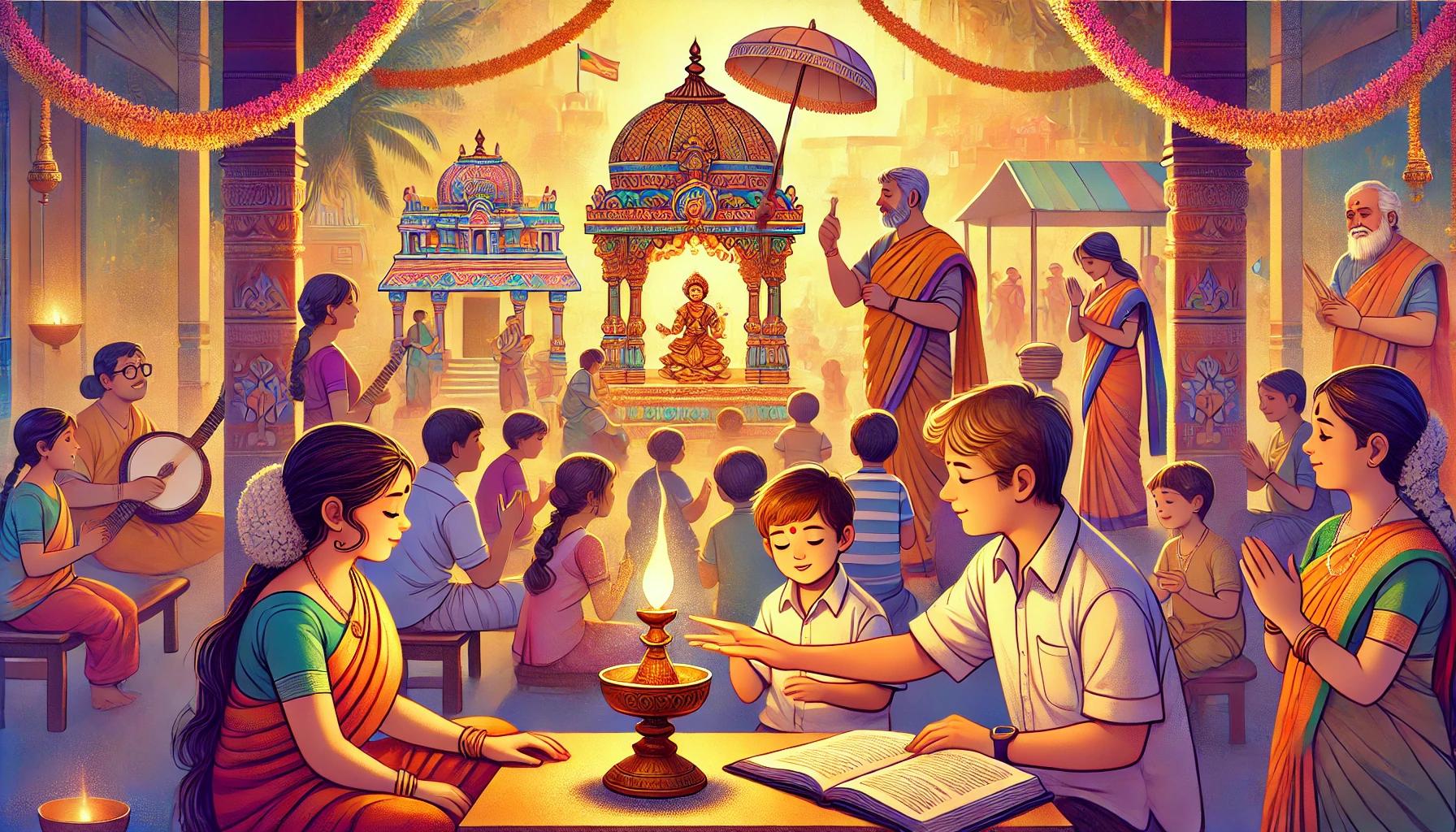
Goals
- To create an environment to motivate the kids to learn:
- Religious practices, stories and devotional songs
- Moral values
- To celebrate religious festivals for kids
- To organize or participate in community service.

Community Services
Children are encouraged to do community services to develop civic responsibilities, team building and organization skills.
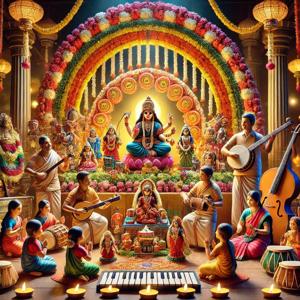
Navarathiri Celebration
Guidance by Mrs. Karthiga Skanthakumar
Navarathri means nine Holy nights which are dedicated to the worship of Mother Goddess Sakthi as ‘Thurgai’ (bravery), ‘Lakshmi’ (wealth) and ‘Saraswathy’ (education). These are the benefits for blissful life. During the festival, a number of toys are decorated and arranged beautifully on a “Kolu”.
The climax of the festival is Saraswathi puja, which is celebrated on a grand scale, especially in schools, temples, and homes. Following the Puja, homemade prasadam is shared among the participants, and the festival culminates with children singing, dancing, and playing instruments such as veena and violin.
The tenth day is very auspicious and it is called Vijayathasami, since this day falls on the lunar day Thasami:
- Small children are introduced to their first alphabet.
- Devotees initiate new ventures.
- Our young children will gather on or around the ninth day to participate in the Navarathri festival.
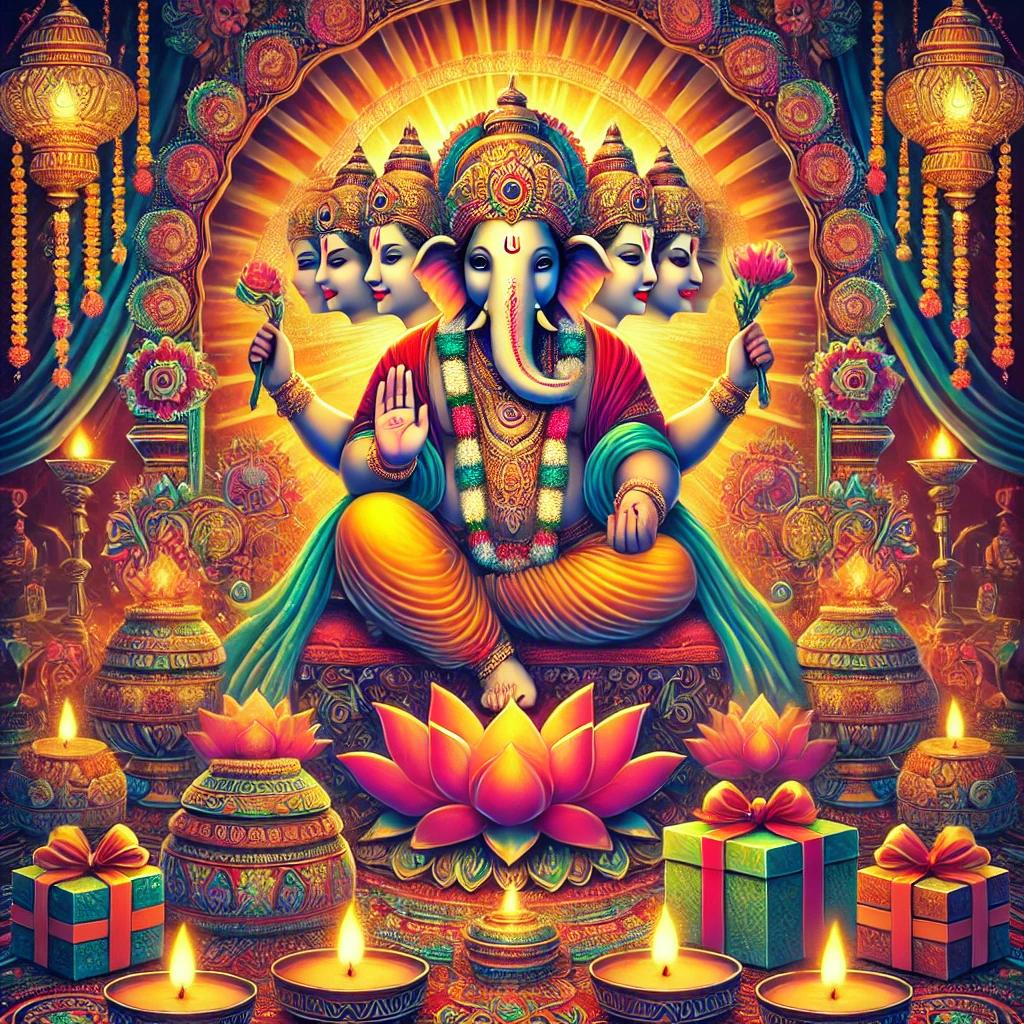
Pancha Ganapati
Pancha Ganapati is a contemporary Hindu festival dedicated to Lord Ganesha, the elephant-headed deity revered as the remover of obstacles and the patron of arts and sciences. Unlike traditional Hindu festivals, Pancha Ganapati is celebrated over five days, from December 21 to 25, aligning with the winter solstice.
Historical Background
In the late 1980s, Satguru Sivaya Subramuniyaswami, the founder of Hinduism Today magazine, introduced Pancha Ganapati to offer Hindu families, particularly those in Western countries, a meaningful way to participate in the holiday season without compromising their values. The festival was designed to be a family-centered celebration, focusing on spiritual growth, cultural enrichment, and community harmony.
Significance of Lord Ganesha
Lord Ganesha, also known as Ganapati, Vinayaka, and Pillaiyar, is one of the most widely worshipped deities in Hinduism. He is revered as the remover of obstacles, the patron of arts and sciences, and the deity of intellect and wisdom. His elephant head symbolizes wisdom and understanding, while his large ears signify the importance of listening. Ganesha is often invoked at the beginning of new ventures, prayers, and ceremonies to ensure success and remove hindrances.
Celebration and Traditions
Pancha Ganapati is celebrated in homes, with families creating a festive shrine in the main living room. At the center of the shrine is placed a large wooden or bronze five-faced statue of Lord Pancha Ganapati. If such a statue is unavailable, any large picture or statue of Lord Ganesha can be used. The shrine is decorated with traditional symbols, rangoli, lamps, pine boughs, banana leaves, durva grass, sugarcane, and garlands of sweet modaka balls. Flashing lights, tinsel, and colorful hanging ornaments may also be added to enhance the festive atmosphere.
Each day of the festival is associated with a specific color and a unique sadhana (spiritual discipline):
- December 21 (Yellow): The family focuses on creating a vibration of love and harmony among immediate family members. The day begins with decorating the shrine, followed by a grand puja invoking the spirit of Pancha Ganapati. Family members work together to ease strained relationships, make amends, and exchange gifts placed unopened before Pancha Ganapati.
- December 22 (Blue): The focus shifts to neighbors, relatives, and close friends. The sadhana involves offering apologies, clearing misunderstandings, and presenting gifts to those in the community. Gifts received are placed unopened before Pancha Ganapati.
- December 23 (Red): This day is dedicated to business associates, merchants, and the public at large. The sadhana includes settling debts, resolving disputes, and honoring employers and employees with gifts and appreciation. Gifts received are placed unopened before the deity.
- December 24 (Green): The family engages in artistic expressions such as music, dance, and drama. A satsanga (spiritual gathering) is held to share and enjoy individual artistic gifts. The session concludes with discussions on traditional values of Hindu dharma and plans to incorporate more cultural refinements into the household.
- December 25 (Orange): The final day focuses on bringing forth love and harmony within all three worlds. The family experiences an outpouring of love and tranquility from Lord Pancha Ganapati, inspiring them for the coming year. The day includes five special pujas, each with personal offerings and testimonies about prayers answered during the past year. The evening concludes with the distribution and opening of gifts.
Cultural Practices
Pancha Ganapati is celebrated in a distinctly Hindu manner, avoiding symbols like Christmas trees, Santa Claus, or other religious icons. Season's greeting cards are designed with Hindu art and wisdom, and gifts are often handmade, reflecting the family's creativity and cultural values. The festival emphasizes the importance of family harmony, community bonding, and cultural enrichment.
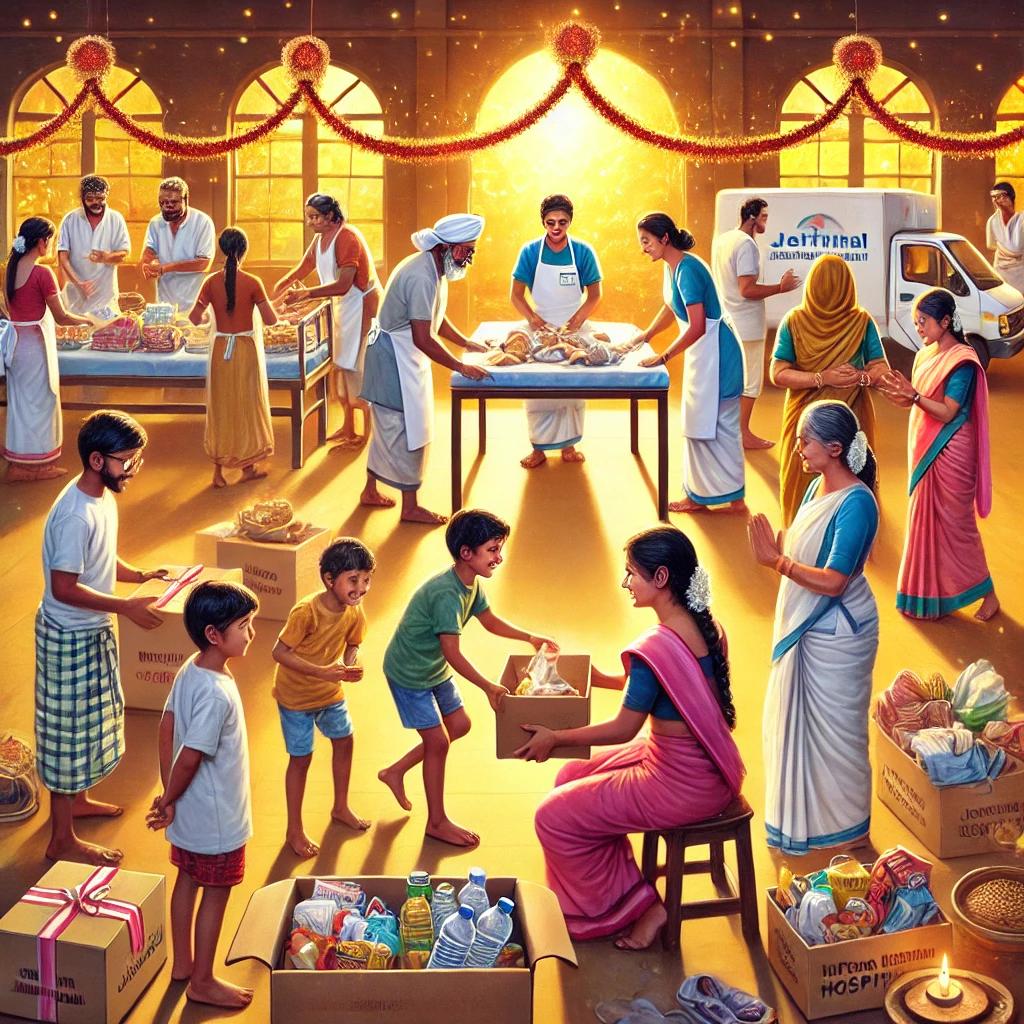
Children Challenge Fund:
Krithika Jeyendran initiated a project during the Pancha Ganapathi festival, a season of rejoicing and for thanking the almighty for the blessings we enjoy. She challenged children to start raising funds by offering to do chores at home that are usually done by their parents, such as cleaning, helping with laundry, and running errands. From 2012, two volunteer children are identified and given the task to initiate the project a month prior to the Pancha Ganapathi festival (December 21st). These funds are used to deliver care packages to hospitalized children and young adults at Jaffna hospital.
Participants:
- Sivaayan Sivaparan, Shweta Manoharan, and Nimalan Sivarajah
- Krithika Jeyendran
- Sivaayan Sivaparan and Diviya Sivakadachan
- Ramiya Jeyakumar and Praveen Sahadewan
- Sanjay Sridar and Aerahan Skanthakumar
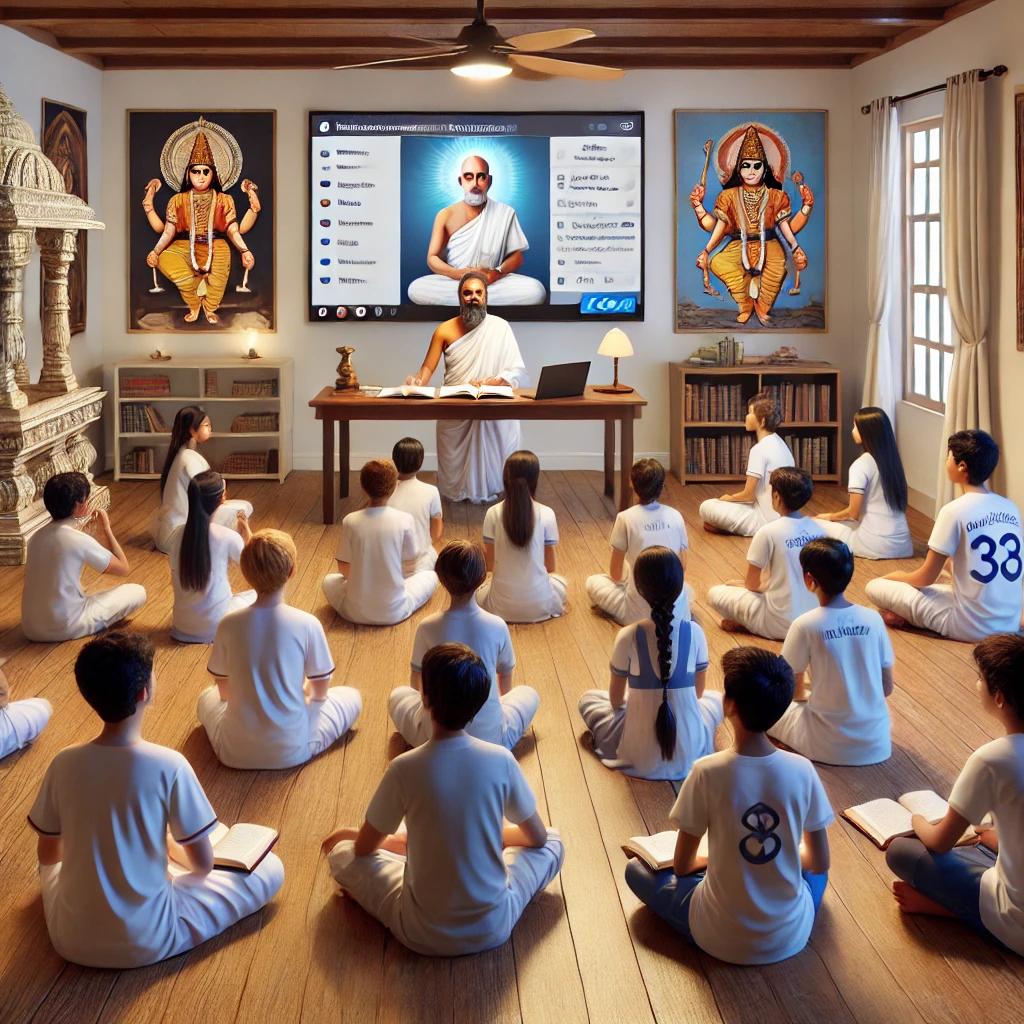
Religious Classes
Once or twice a month preteen and teenagers either in-person or via zoom and or were taught the basic concept and practices of Sivaism as practiced in Sri Lanka.


